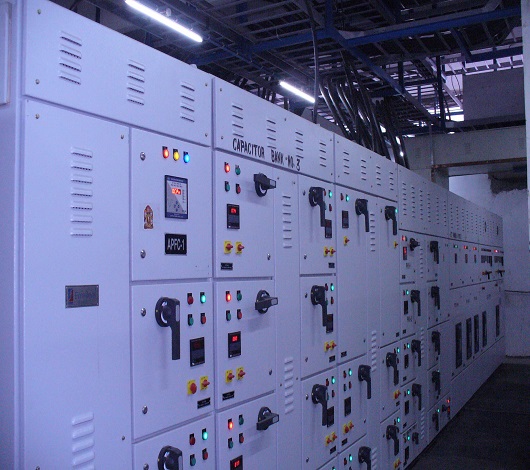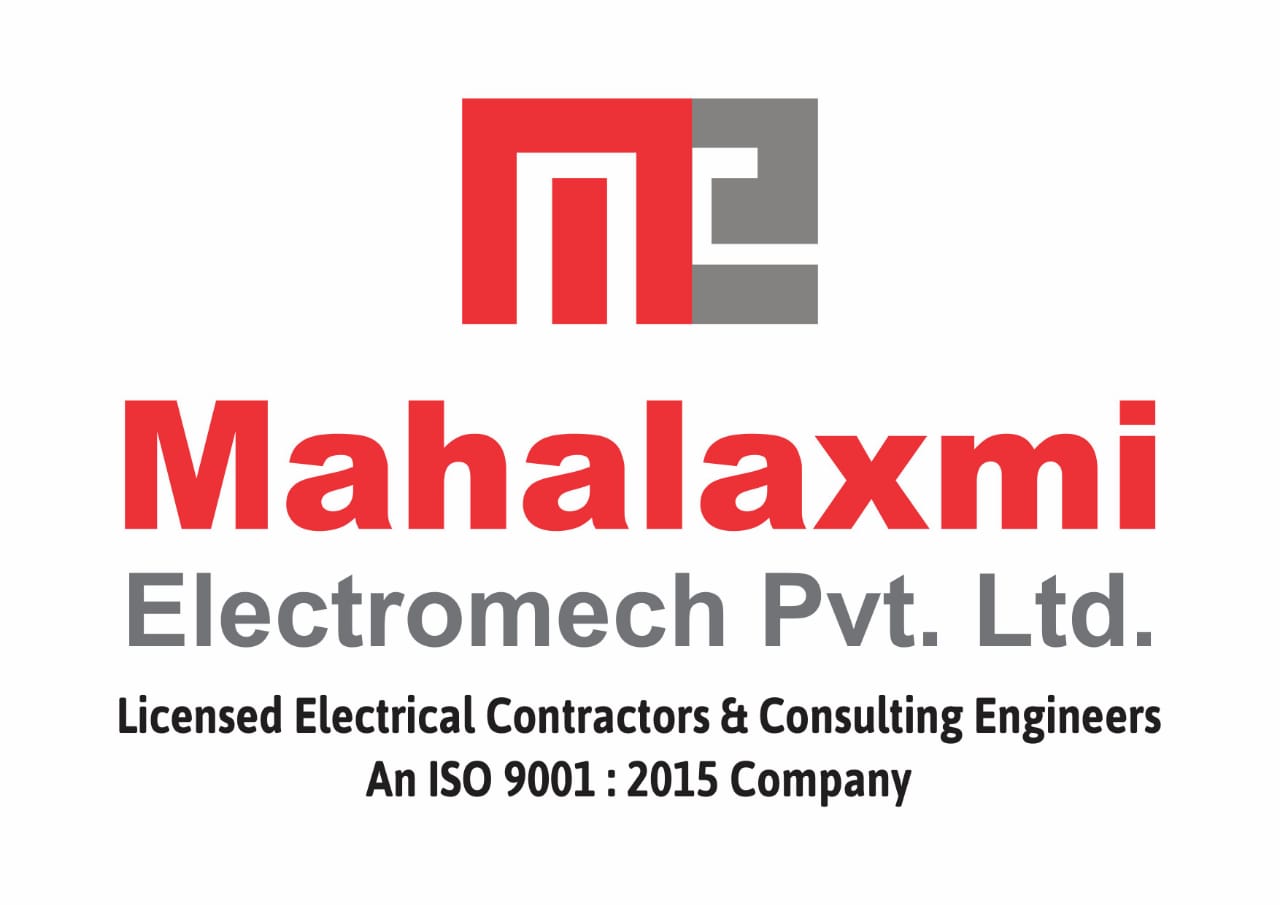HT & LT Electrification work

HT & LT Electrification Work Across Maharashtra: Mumbai, Navi Mumbai, Nashik, Nagpur, Thane, Pune and Aurangabad
HT (High Tension) and LT (Low Tension) electrification work plays a vital role in powering cities and industries across Maharashtra. From the bustling streets of Mumbai to the growing industrial hubs of Nashik and Nagpur, electrification solutions ensure that residential, commercial, and industrial setups function seamlessly. Here’s a detailed overview of HT and LT electrification services in Mumbai, Navi Mumbai, Nashik, Nagpur, Thane, and the broader Maharashtra region.
What is HT & LT Electrification Work?
HT Electrification: High Tension systems operate at voltages above 11 kV, catering to industries, large commercial buildings, and utility providers. These systems ensure the safe and efficient transmission of bulk power.
LT Electrification: Low Tension systems operate at lower voltages (up to 415V) and are essential for residential areas, small businesses, and local power distribution networks.
Key Services in HT & LT Electrification Work
Electrical contractors across Maharashtra specialize in delivering a comprehensive range of services, including:
HT Electrification Services
Installation of high-voltage transformers, switchgear, and substations.
Laying and maintenance of overhead transmission lines and underground HT cables.
Testing, commissioning, and periodic inspections to ensure safety and efficiency.
LT Electrification Services
Installation of LT panels, distribution boards, and circuit breakers.
Wiring and cabling for residential, commercial, and small industrial buildings.
Maintenance of LT systems and integration of energy-saving solutions.
HT & LT Electrification Work in Mumbai
As India’s financial capital, HT & LT Electrification Work in Mumbai has a high demand for reliable electrification solutions. HT & LT Electrification Work in Mumbai handle.
High-voltage systems for commercial towers and industrial zones.
Energy-efficient electrification for residential and commercial buildings.
Emergency power backup and maintenance services.
HT & LT Electrification Work in Navi Mumbai
HT & LT Electrification Work in Navi Mumbai , known for its planned infrastructure and rapid urbanization, requires advanced electrification solutions. HT & LT Electrification Work in Navi Mumbai include:
Smart city-compatible HT and LT systems.
Installation and maintenance of solar-powered setups.
Structured cabling for IT hubs and commercial spaces.
HT & LT Electrification Work in Nashik
HT & LT Electrification Work in Nashik expanding industrial base and agricultural prominence create unique electrification needs. HT & LT Electrification Work in Nashik offer:
HT installations for industrial plants and agricultural facilities.
LT solutions for residential and small business applications.
Maintenance of hybrid power systems combining solar and grid electricity.
HT & LT Electrification Work in Nagpur
Nagpur’s role as a logistics and transportation hub necessitates reliable power systems. Electrical contractors in HT & LT Electrification Work in Nagpur specialize in:
Setting up HT and LT systems for warehouses and logistics centers.
Maintenance of high-capacity transformers and substation equipment.
Energy-efficient solutions for urban and industrial areas.
HT & LT Electrification Work in Thane
Thane, with its mix of residential, commercial, and industrial zones, benefits from specialized HT & LT Electrification Work in Thane, including:
Installation of smart home electrical setups.
Maintenance of LT panels and emergency backup systems.
High-voltage power solutions for industrial operations.
HT & LT Electrification Work in Pune
Pune, a major IT and manufacturing hub, requires high-quality electrification services. HT & LT Electrification Work in Pune specialize in:
Industrial-grade HT and LT power distribution systems.
Electrification for IT parks and commercial spaces.
Energy-efficient lighting and automation for smart buildings.
HT & LT Electrification Work in Aurangabad
Aurangabad’s industrial and historical significance calls for advanced electrification solutions. HT & LT Electrification Work in Aurangabad include:
HT installations for manufacturing units and heritage sites.
LT systems for residential and hospitality sectors.
Solar integration for sustainable energy solutions.
Why Choose HT & LT Electrification Contractors in Maharashtra?
Why we best HT & LT Electrification Contractors in Maharashtra
Expertise: Highly skilled professionals with years of experience in handling complex projects.
Safety Standards: Adherence to strict safety regulations to ensure reliable power distribution.
Customized Solutions: Tailored services for residential, commercial, and industrial needs.
State-of-the-Art Technology: Use of modern tools and techniques for efficient installations and maintenance.
HT (High Tension) Electrification Work
Definition: HT electrification work involves the installation, maintenance, and management of electrical systems operating at high voltage levels, typically above 11 kV and up to 33 kV or more. These systems are crucial for the transmission of electrical power over long distances from power plants to substations.
Components:
- Transformers: Step-up transformers increase voltage for transmission, and step-down transformers reduce voltage for distribution.
- Substations: Facilities where voltage levels are adjusted, consisting of transformers, switchgear, control equipment, and protection devices.
- Transmission Lines: High voltage power lines, often supported by towers or poles, that carry electricity over long distances.
- Switchgear: Devices that protect and control electrical circuits, including circuit breakers and disconnect switches.
- Protective Relays: Equipment that detects faults and initiates the isolation of faulty sections to protect the system.
- Insulators: Materials that prevent the undesired flow of electricity, used to support and separate electrical conductors.
- Earthing Systems: Systems that protect against electrical faults by providing a path to ground, ensuring safety.
Applications:
- Power transmission from generating stations to substations.
- Industrial facilities with high power demands.
- Large commercial complexes.
Key Considerations:
- Safety: HT work requires stringent safety protocols due to the high voltage involved.
- Regulatory Compliance: Must adhere to national and international standards and regulations.
- Reliability: Systems must be designed for high reliability to ensure continuous power supply.
- Maintenance: Regular inspections and maintenance are crucial to prevent failures and prolong equipment lifespan.
LT (Low Tension) Electrification Work
Definition: LT electrification work involves the installation, maintenance, and management of electrical systems operating at low voltage levels, typically up to 1 kV. These systems are used for distributing electrical power from substations to end users such as homes, offices, and small businesses.
Components:
- Distribution Transformers: Reduce high voltage from substations to usable levels for consumers.
- Distribution Panels: Main panels that distribute electrical power to various circuits within a building or facility.
- Cabling: Includes low voltage cables that distribute electricity to various points of use.
- Circuit Breakers and Fuses: Devices that protect electrical circuits by interrupting the flow of electricity in case of overload or short circuit.
- Lighting Systems: Installation and maintenance of lighting fixtures and systems.
- Outlets and Switches: Installation of power outlets, switches, and other end-user interfaces.
- Earthing Systems: Ensure safety by providing a path to ground for electrical faults.
Applications:
- Residential buildings.
- Commercial buildings.
- Small industrial units.
- Public infrastructure like street lighting.
Key Considerations:
- Safety: Even at low voltages, safety protocols must be followed to prevent electrical hazards.
- Efficiency: Proper design and installation ensure efficient power distribution with minimal losses.
- Aesthetics: Particularly in residential and commercial settings, the installation should consider aesthetic aspects.
- Regulatory Compliance: Adherence to local building codes and electrical standards is essential.
- Scalability: Systems should be designed to allow for future expansion or modification.
